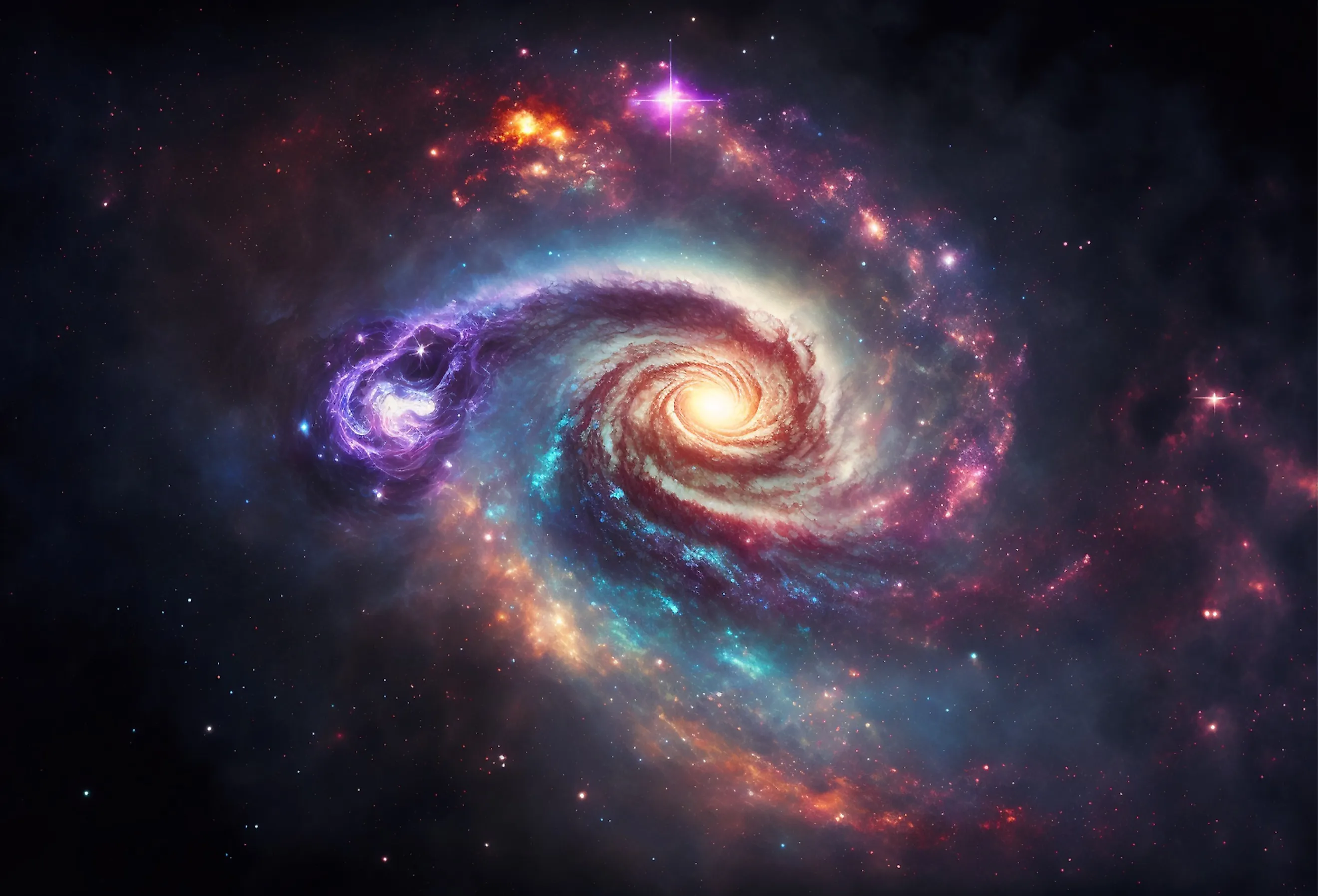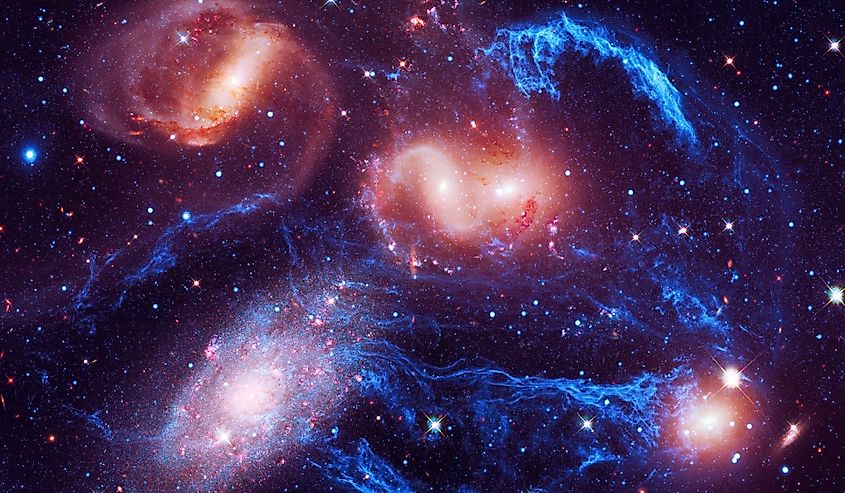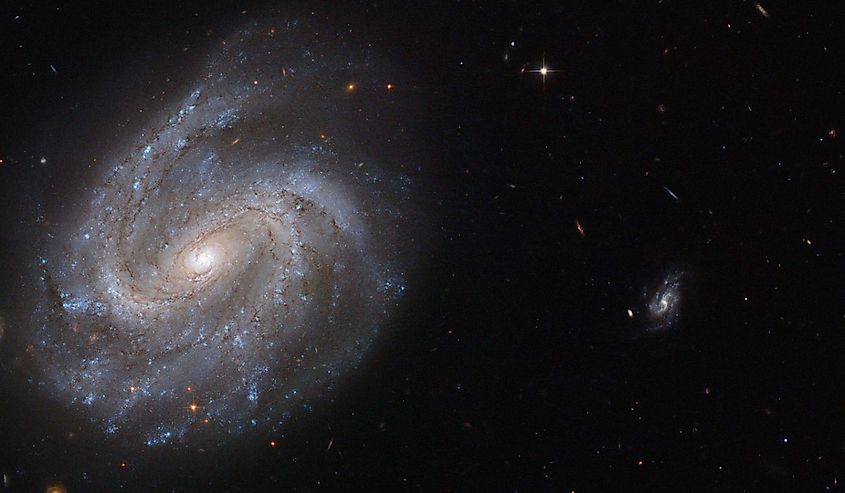
A Unique Galaxy Mystifies Astronomers
Astronomers have recently uncovered a distant galaxy that has proven to be both unique and mysterious. The galaxy, designated as 3C 297, was discovered using NASA’s Chandra X-Ray telescope, and is about 9.2 billion light years away. 3C 297 is lonelier than astronomers would have expected for a galaxy so far away, and its existence has challenged existing theories on how galaxies form and evolve.
A Missing Cluster of Galaxies

While it may not seem very mysterious for a galaxy to exist on its own, in the case of 3C 297, evidence suggests that this particular galaxy was once part of a gigantic cluster of galaxies. Over time, 3C 297 gradually merged with the other galaxies in the cluster, and now it is all that remains. This is not uncommon in the universe, and the gradual disappearance of a galaxy cluster is not what mystifies astronomers. Rather, it is the fact that this occurred far earlier in the universe's history than expected. Since 3C 297 is 9.2 billion light years away, astronomers see it as it was 9.7 billion years ago, about 4 billion years after the Big Bang. Until now, astronomers had no idea that such a system could form so soon after the Big Bang, and it raises further questions about how soon galaxies and galaxy clusters formed after the Big Bang. The existence of 3C 297 implies that entire clusters of galaxies may have existed far earlier than expected.
A Galactic Fossil

3C 297 belongs to a unique classification of galaxies called a fossil group. What this means is that it is an ancient remnant of what used to be a galaxy cluster, yet it has since consumed all other nearby galaxies and now exists on its own. Astronomers have discovered other fossil groups in the universe, yet none are nearly as old as 3C 297. The previous record was for galaxies around 7.9 billion light years away, and so 3C 297 is over a billion light years further than this. Astronomers will be hard at work trying to determine how this fossil group managed to form within the timeframe that it did.
Characteristics of 3C 297
While 3C 297 exists alone, evidence within and near the galaxy strongly suggests that it was once part of a cluster of other galaxies. 3C 297 is surrounded by vast amounts of gas and dust, and temperatures in this region are many millions of degrees, a common observation for galaxy clusters. More evidence comes from the galaxy itself, which has several characteristics common to galaxies that have experienced multiple collisions with other galaxies.
For example, the shape of the galaxy is distorted, which suggests that gravitational interactions with other galaxies have distorted its shape. Further evidence comes from the supermassive black hole at the center of 3C 297. When galaxies merge together, vast amounts of material fall into a galaxy’s supermassive black hole, and the energy generated produces vast jets of high-energy radiation. Not only does 3C 297 possess these jets, but they also appear bent in such a way that suggests the galaxy underwent several collisions. 3C 297 has proven to be a unique and mysterious galaxy, and it has already challenged existing theories and models on how galaxies formed and evolved after the Big Bang.











